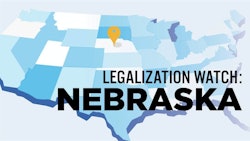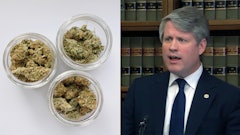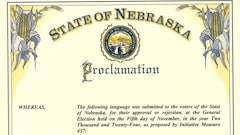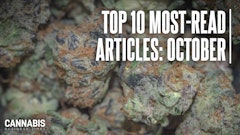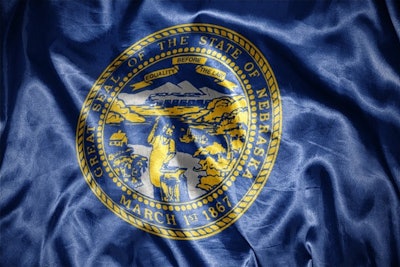
Nebraska Sen. Anna Wishart introduced legislation Jan. 15 to legalize medical cannabis in the state, according to a local KETV report.
Wishart helped lead the 2020 medical cannabis ballot initiative, supported by Nebraskans for Medical Marijuana, which was ultimately rejected by the Nebraska Supreme Court for violating the state’s single subject rule. The group now plans to refocus its efforts on the 2022 election, but in the meantime, Wishart has introduced L.B. 474 to legalize medical cannabis legislatively.
RELATED: Nebraska Medical Cannabis Advocates Try Again for Legalization in 2022: Legalization Watch
“I introduced another bill, L.B. 474, to legalize medical cannabis,” Wishart told KETV. “I do this to honor the Nebraskans I have met along this long and winding journey. They deserve representatives who will show up and go the distance for positive change that improves the lives of families in our state no matter how many challenges are met along the way.”
Wishart also introduced a constitutional amendment Jan. 15 to clarify the Nebraska’s single subject rule and help eliminate uncertainty for future ballot initiative campaigns, according to the Lincoln Journal-Star.
While the state’s current rule says that “initiative measures shall contain only one subject,” the new rule as proposed by Wishart would read, “Initiative measures shall contain only one general subject which may include provisions that have a connection to the general subject of the measure.”
To become law, the constitutional amendment needs approval from 30 senators, as well as approval from voters in the 2022 election, according to the Lincoln Journal-Star.









